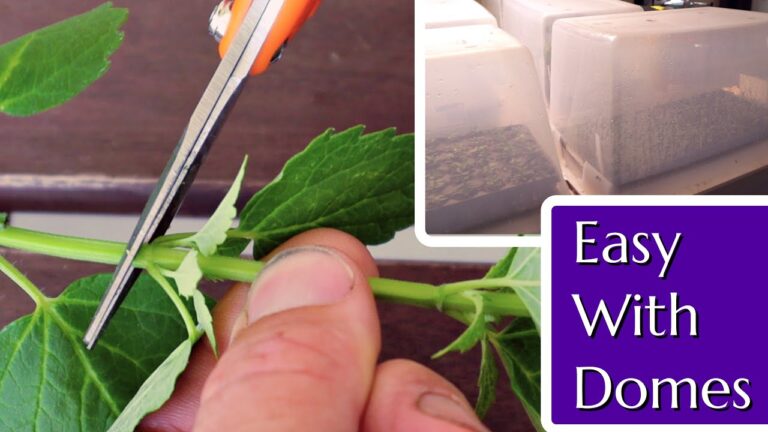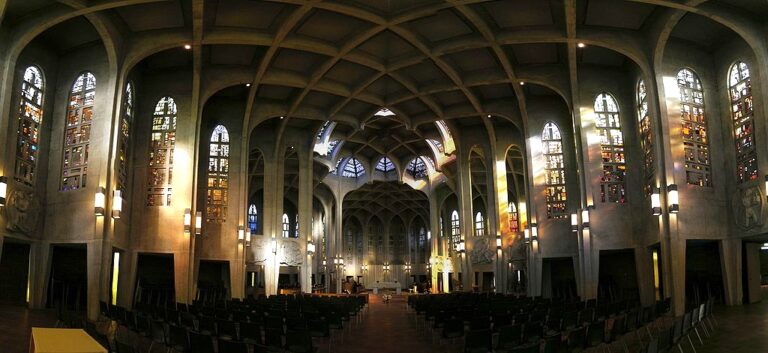For Japanese Readers:
A Japanese translation of this article is available below. 日本語版の記事は下にあります。
The Ispahan rose, named after the historic city of Isfahan in central Iran, is a true masterpiece of the botanical world. Revered for its breathtaking fragrance, delicate pink blooms, and cultural connections, this Damask rose captivates gardeners, historians, and rose enthusiasts alike. Known for its durability and beauty, Ispahan is a rose with a story as rich as its scent.
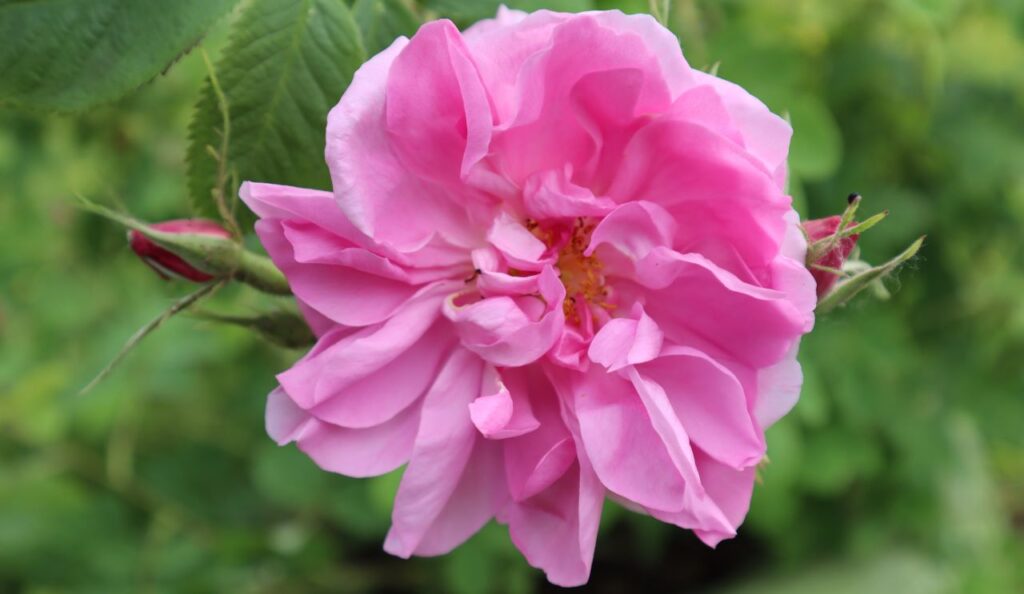
Characteristics and Garden Appeal
The Ispahan rose is a quintessential example of the Damask rose class, offering gardeners a lush display of blooms during its short but prolific flowering season. A once-blooming variety, it typically flowers in early summer, covering itself with clusters of medium-sized, quartered blooms in a soft shade of pink. These flowers are renowned for their intense, sweet fragrance, often described as a pure “rose” scent.
In terms of growth habit, Ispahan forms a dense, bushy shrub that reaches approximately 4 to 6 feet tall and wide, making it a versatile choice for hedges, borders, or as a standalone feature in the garden. Its floriferous nature and abundant blooms make it a standout even among other Damask roses. Moreover, its cold-hardiness (tolerating zones as low as USDA Zone 4) and tolerance for dry climates underline its reputation as a robust, adaptable rose.
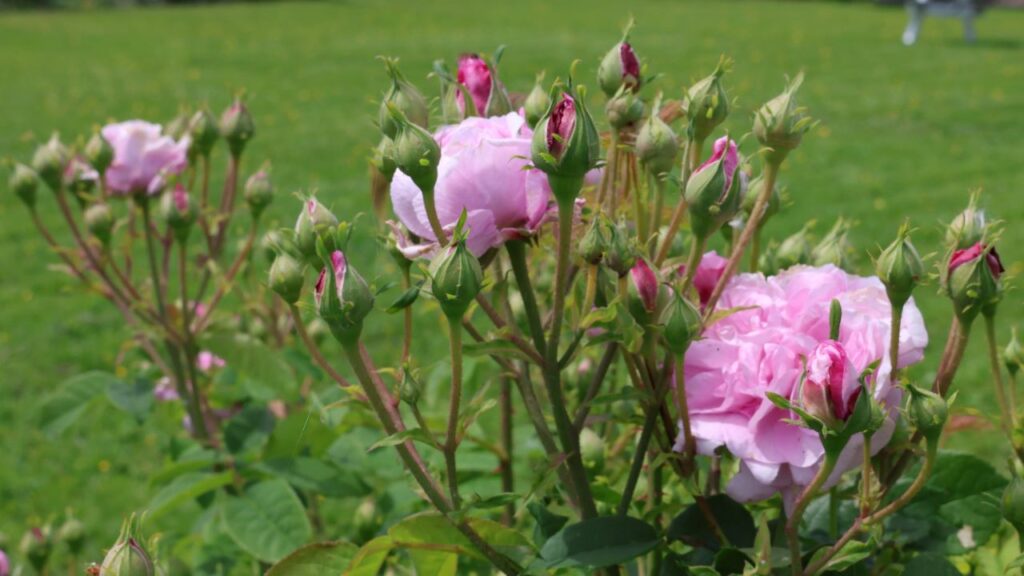
Disease Resistance and Maintenance
Unlike some modern roses, Ispahan boasts strong disease resistance, particularly to common afflictions such as black spot and mildew. This makes it a low-maintenance option for gardeners seeking beauty without excessive care. Pruning requirements are minimal; the plant thrives with an annual light trim after flowering and benefits from organic mulch to retain soil moisture. Its resilience and self-sufficient nature make Ispahan a delight for gardeners of all skill levels.
Cultural and Historical Significance
The connection between Ispahan and the city of Isfahan runs deeper than the rose’s name. Isfahan, often called “Half the World” for its architectural and cultural riches, was a hub of the ancient Silk Road, where the exchange of goods, ideas, and plants flourished. The Damask rose, including Ispahan, is believed to have traveled to Persia along these ancient trade routes, becoming an integral part of Persian horticulture and culture. In Persian gardens, roses symbolized love, beauty, and the divine, themes that resonate through centuries of poetry and art.
A Role Beyond the Garden
The influence of the Ispahan rose extends into the culinary and artistic realms. Its petals have been traditionally used in the production of rose water, a staple in Persian cuisine and rituals. This enduring association with fragrance and luxury inspired Pierre Hermé’s famous “Ispahan” dessert—a confection featuring rose, raspberry, and lychee. The dessert, much like the rose, embodies elegance and sensory delight, a testament to the enduring legacy of this flower.

Conclusion: A Rose for All Time
The Ispahan rose stands as a bridge between history and the present, its charm undiminished by the passage of time. Its rich cultural significance, hardiness, and unmatched fragrance make it a must-have for rose enthusiasts and gardeners alike. Whether admired in a Persian garden, cultivated in a temperate backyard, or evoked through culinary creations, Ispahan remains a timeless treasure.
日本語版
イスパハン: 香り高いダマスクローズの魅力
香り高いバラの愛好家たちの間で、イスパハンはその歴史的な魅力と甘美な香りで特別な存在です。このバラはダマスクローズの一種で、庭園の美しさと用途の多様性で知られています。本記事では、イスパハンの特徴、その起源、用途、そしてペルシャの都市イスファハンとのつながりについて探ります。
イスパハンのバラは、ペルシャからヨーロッパにシルクロードを通じて古代に運ばれたと考えられています。この歴史的背景は、バラが単なる観賞植物にとどまらず、文化的遺産の象徴であることを示しています。
イスパハンの特徴と庭園での役割
イスパハンは、その香りで特に知られています。このバラは、深いピンク色の花びらを持ち、一重咲きから半八重咲きの間で咲きます。そのサイズは庭園のスペースに適しており、約1.2~1.5メートルの高さに成長します。また、耐寒性が高く、初心者にも育てやすい品種です。
このバラは非常に開花率が高く、初夏から咲き始め、シーズン中には驚くほどたくさんの花をつけます。そのため、庭園に植えると、視覚的にも香り的にも素晴らしい体験を提供します。
香りと用途
イスパハンのバラの香りは、甘く濃厚なダマスクローズの香りで、多くの愛好家を魅了します。この香りは、ローズウォーターやエッセンシャルオイルの製造に利用されることが多く、料理やデザートのフレーバー付けにも使用されます。特に、バラの香りが特徴的なペルシャのお菓子との相性は抜群です。
ペルシャの都市イスファハンとのつながり
このバラの名前は、イランの歴史的な都市イスファハンに由来します。この都市は、かつてペルシャ帝国の首都として栄え、建築、文化、そして庭園のデザインで知られています。イスファハンの壮大な庭園と、このバラの華麗さには共通点が多く、両者はその美と優雅さで関連付けられています。
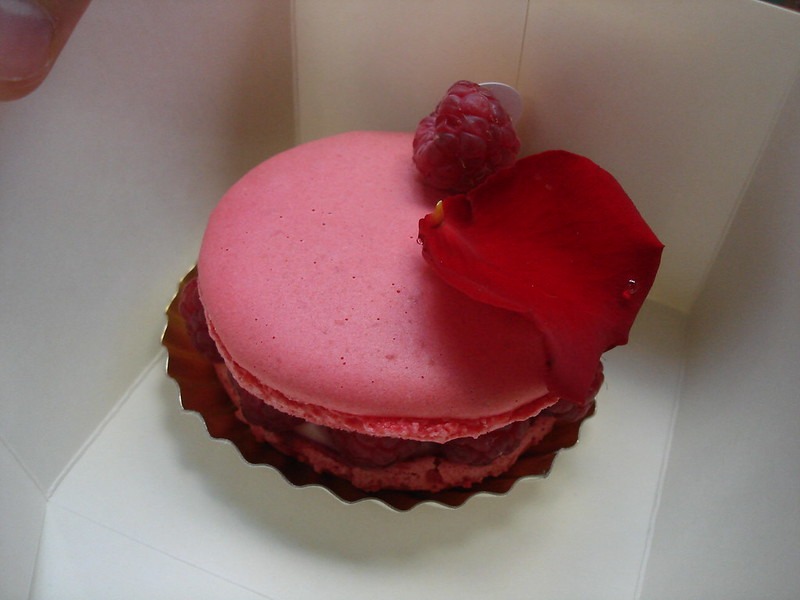
おわりに
イスパハンは、単なる観賞植物にとどまらず、その香り、歴史、文化的な背景で特別な地位を占めています。このバラを庭に取り入れることで、美しい景観とともに、古代のペルシャの豊かな遺産を感じることができます。

